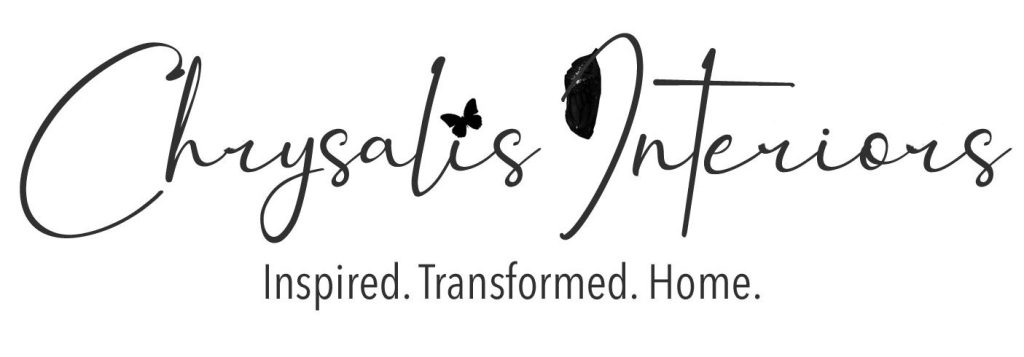The account Allowance for Doubtful Account is credited when the account Bad Debts Expense is debited under the allowance method. The use of Allowance for Doubtful Accounts allows us to see in Accounts Receivable the total amount that the company has a right to collect from its credit customers. The credit balance in the account Allowance for Doubtful Accounts tells us how much of the debit balance in Accounts Receivable is unlikely to be collected. Some of the most common contra assets include accumulated depreciation, allowance for doubtful accounts, and reserve for obsolete inventory. The same is true for other asset accounts like accounts receivable.
The two accounts together yield the carrying value of the bond. A contra liability account is not classified as a liability, since it does not represent a future obligation. Even small businesses benefit immensely from contra asset accounts. As mentioned, contra asset accounts usually have a negative value which is the same as a credit balance. That is to completely or partially offset the balance of their related asset accounts. Asset accounts usually have a positive value which is the same as a debit balance.
Definition and Examples of Contra Assets
When looking at the balance sheet, it is essential to understand what is being shown on the two sides – the assets debit balance and the liabilities credit balance. The assets are always shown on the left-hand side, and the liabilities are always displayed on the right-hand side. A Contra liability account is an account that is used to offset another liability account on the balance sheet. Contra liability accounts are typically used for bonds, notes payable, and other indebtedness.
This depreciation is saved in a contra asset account called accumulated depreciation. The accumulated depreciation account has a credit balance and is used to reduce the carrying value of the equipment. The balance sheet would report equipment at its historical cost and then subtract the accumulated depreciation. The natural balance in a contra asset account is a credit balance, as opposed to the natural debit balance in all other asset accounts. There is no reason for there to ever be a debit balance in a contra asset account; thus, a debit balance probably indicates an incorrect accounting entry.
How are Contra Accounts Used and Reported?
However, these can cause a reduction in other balances on the statement. An example of contra equity with buying back shares or stock would be Bookkeeping for Nonprofits: Do nonprofits need accountants a company that has issued shares to the public. The contra equity account would be used to offset the equity account on the balance sheet.
Although the accounts receivable is not due in September, the company still has to report credit losses of $4,000 as bad debts expense in its income statement for the month. If accounts receivable is $40,000 and allowance for doubtful accounts is $4,000, the net book value reported What Is Accounting For Startups on the balance sheet will be $36,000. When a contra asset account is first recorded in a journal entry, the offset is to an expense. For example, an increase in the form of a credit to allowance for doubtful accounts is also recorded as a debit to increase bad debt expense.
The Contra Equity Account
Hence, the company will have gross revenue or net sales equal to $9,900. Therefore, it reduces the value of shareholders’ equity by the amount paid for those repurchased stocks. Note that the contra liability account has a positive balance (a debit balance), and the liability account normally has a credit balance. Hence, the book value of the liability will be the credit balance of the liability account minus the debit balance of its contra liability counterpart. In the books, the account of the asset would have a debit value of $100,000, and the contra asset account would have a credit value of $30,000. If the asset account had a credit balance or the contra asset account had a debit balance, this would indicate an error in the journal entries.
- It estimates that 2% of all receivables will not be collected.
- This account is paired with and offsets another asset account, so that a net balance is reported on the balance sheet.
- The net realizable value of the accounts receivable is the accounts receivable minus the allowance for doubtful accounts.
- Hopefully, you have a pretty clear idea of contra asset meaning—no need to ask to define contra asset accounts anymore.
- Allowance for receivables is an account that companies maintain to record possible bad debts.
However, it will also have a negative accumulated depreciation of $60,000, offsetting that cost. Therefore, these companies must maintain an obsolete inventory reserve account to net off https://turbo-tax.org/legal-bookkeeping/ any unusable stock from the account. This requirement also comes from the accounting standard for inventories. However, a contra-asset account usually has a credit or nil balance.

